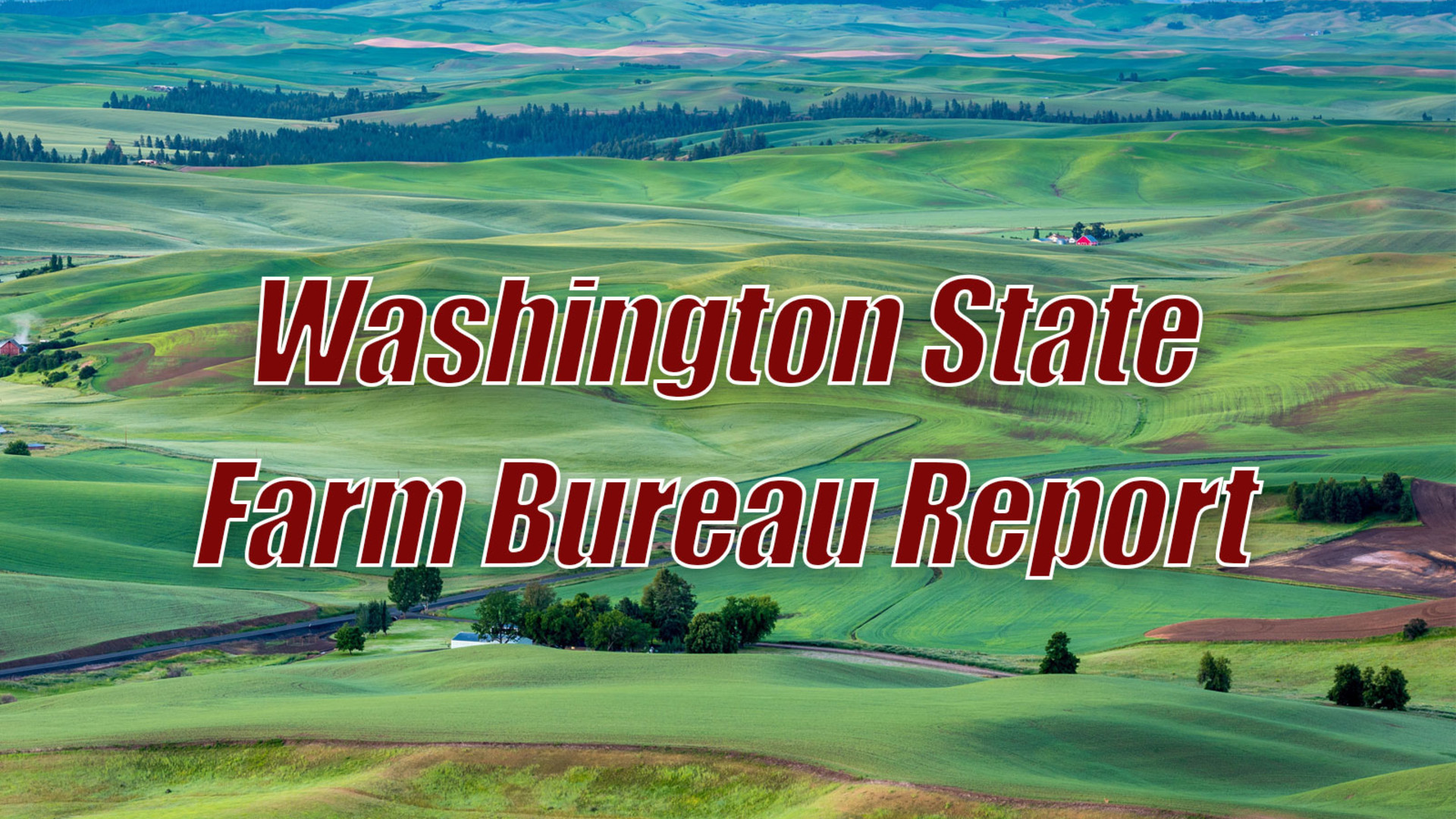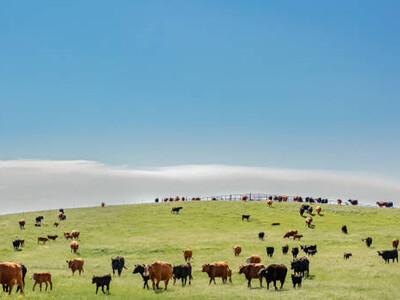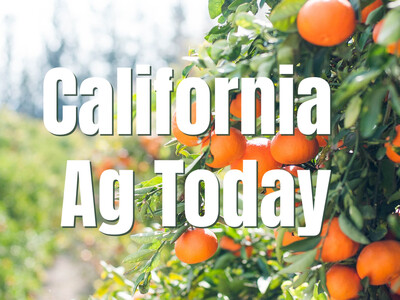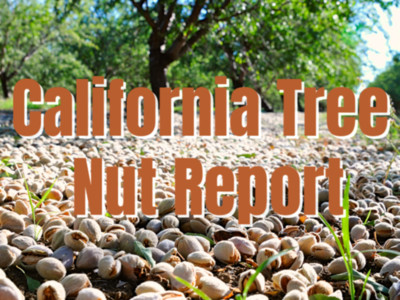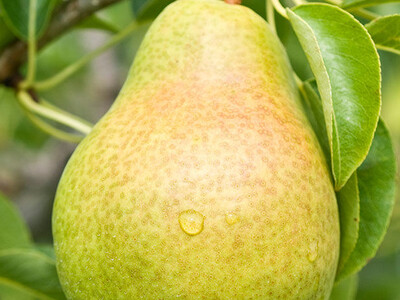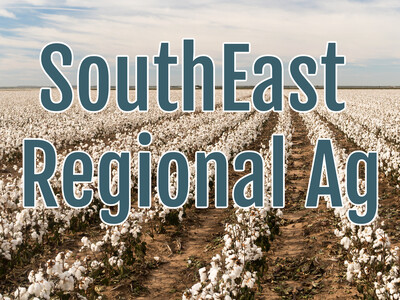Non-Native Eelgrass Threatens Clam Industry
Non-Native Eelgrass Threatens Clam Industry
I’m Lacy Gray with Washington Ag Today.
Japanese eelgrass, a non-native species of seaweed thought to have arrived in this country in oyster shipments from Japan, has been present here for fifty plus years in very small amounts. Within the last decade, however, it has managed to dominate the ecosystem, at least in Willapa Bay. Kim Patten, research scientist with WSU, explains.
PATTEN: It has made dramatic changes in the ecosystem. In particular, beginning to affect shellfish production. It’s about a $5 to $10 million industry in Willapa Bay, the clam industry, which is the main thing that Japanese eelgrass effects, and it’s a relatively new industry, probably in the last twenty years, and so at least in Willapa it’s really becoming and important economic driver and there’s a lot of farms that basically have stopped farming because they can’t make it work with eelgrass out there.
In the past there were state policies that said no net loss of eelgrass.
PATTEN: It didn’t say native eelgrass, zostera marina, it just said no net loss of eelgrass so agencies were basically interpreting that to mean any eelgrass, and so it was sort of protected along with the marina. That caused some real issues with the shellfish growers that were having a problem with it.
Last year the shellfish industry was able to have Japanese eelgrass declared a Class C noxious weed. Patten says that means shellfish growers are now getting to a position where they can begin to manage it on their farms. Tomorrow Patten will talk about what growers can do to control Japanese eelgrass.
I’m Lacy Gray and that’s Washington Ag Today on the Ag Information Network.


